


"Selje Skjortefabrikk" is located in the centre of Selje. The factory was built in a village without any other industry after the Second World War. This is an example of what a private initiative alone can do, but as the only remaining shirt factory in the country in this highly work-intensive business, this is also a testimony of an alert company management in the following years.
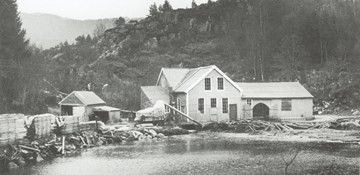
The farm of Selvågen is located in a small bay on the east side of the strait of Brandangersundet in Gulen. In 1900, a wooden clog factory was established there. The production of clogs came to an end in 1975 after 75 years. In 1994, the clog factory was included in the Directorate for Cultural Heritage's protection plan for technical and industrial cultural sites.

The production of canned crab on the Sogn og Fjordane coast was started and had the largest volumes at Askvoll. Crab fishing is also rich in this district.
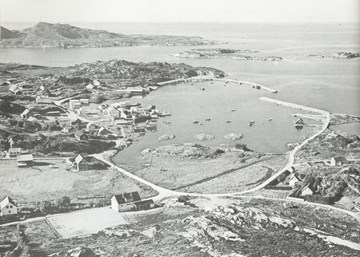
The business was established by Sigurd Løkeland in 1922. Its principal product has been canned crab, au naturel or as paste. Until the 1960s, canned crab was produced by 5-6 canneries in the county of Sogn og Fjordane. The number of factories fell, and in 1984 there were only five remaining in the whole country.

Stongfjorden was one of the first industrial sites in Norway, and its aluminium plant was the first in Scandinavia.

For more than thirty years the Trollefossen waterfall on the farm of Engjabøen at Holmedal provided the woollen mill by the same name with electric power until the buildings burnt down in 1932. The enterprise created jobs, but it faced many problems.
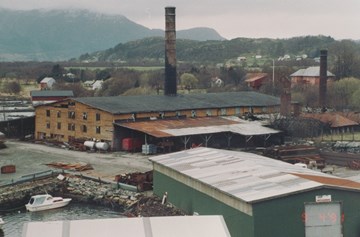
From the 1890s until around 1920, the old municipality of Fjaler was the most industrialized of the municipalities in the county of Sogn og Fjordane. The largest enterprises before 1900 were the two brickyards. Helle Teglverk was started up in 1895, and Vårdal Teglverk in 1897. In 1905, 52 persons were employed at the two yards. In the early 1960s, Vårdal Teglverk was bought by Helle Teglverk, which was in operation until 1978.
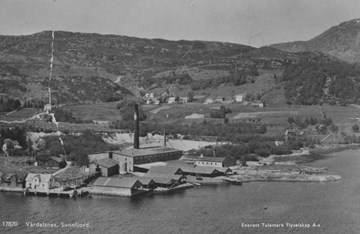
From the 1890s until around 1920, the old municipality of Fjaler was the most industrialized of the municipalities in the county of Sogn og Fjordane. The largest enterprises before 1900 were the two brickyards. Helle Teglverk was started up in 1895, and Vårdal Teglverk in 1897. In 1905, 52 persons were employed at the two yards. In the early 1960s, Vårdal Teglverk was bought by Helle Teglverk, which was in operation until 1978.
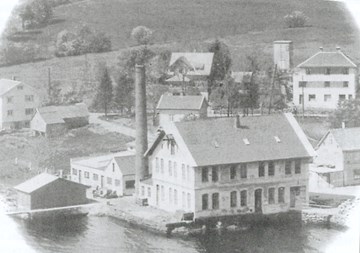
Dokumentet inneheld xml-feil! ' ' is an unexpected token. The expected token is ';'. Line 1, position 198.

When Norway Foods' cannery at Askvoll was closed down in 1992, the production of sardines had gone on for a longer time at Askvoll that at any other place in the county of Sogn og Fjordane. At this time most of the Norwegian sardine production had been liquidated.